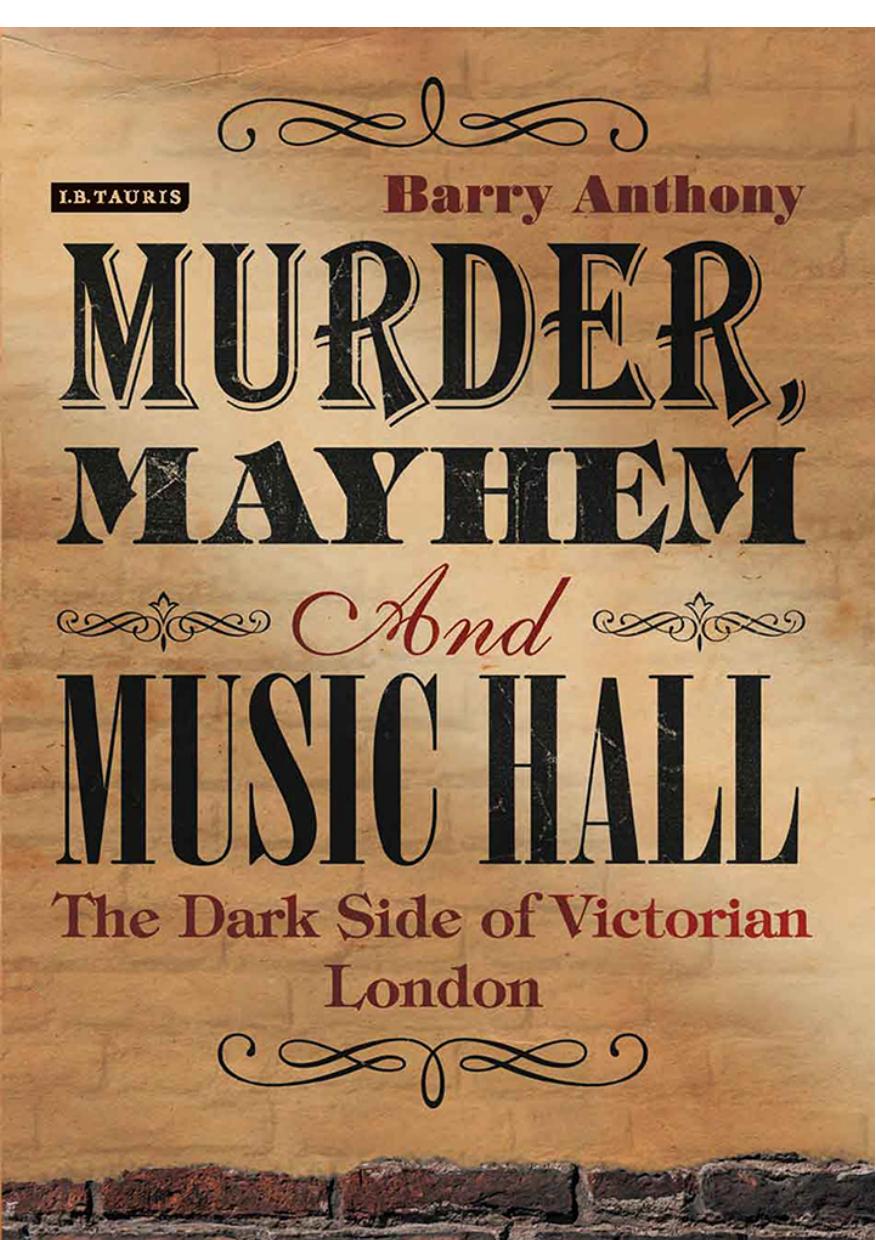Murder, Mayhem and Music Hall by Anthony Barry

Author:Anthony, Barry
Language: eng
Format: epub, pdf
Publisher: I.B.Tauris
Published: 2015-03-18T16:00:00+00:00
ILLUSTRATION 21. ‘A Modern Eve’ peeps into a Mutoscope viewer.
The ornate cast-iron Mutoscope viewer was introduced into Britain in December 1897 by the Mutoscope and Biograph Syndicate, an offshoot of the American Mutoscope Company. Unlike the Kinetoscope, the Mutoscope viewer provided the illusion of movement with a reel of photographs flicked by the turning of a handle. The hundreds of images were printed from original film negatives, meaning that many subjects also featured in displays given by the company’s Biograph projector. Although the novelty of motion picture peepshows had been eroded by films projected to mass audiences since February 1896, the Syndicate integrated both solitary and collective viewing experiences into their carefully planned strategy. As in the United States, the company’s Biograph projector was used to exhibit views of topical and scenic interest, while the Mutoscope often offered studio-made subjects that relied on broad humour or erotic content for their effect. But, despite a ready market for the Mutoscope’s vulgarity and smut, the United Kingdom and Europe provided powerful new subjects for Biograph films – various members of royal families and the head of the Roman Catholic Church. To capture such photogenic subjects, the American company sent their most experienced and diplomatic filmmaker, Edison’s one-time right-hand man, William Kennedy Laurie Dickson. Having virtually invented Edison’s movie camera, Dickson had developed a bigger and better device for the newly founded company. To photograph the less salubrious Mutoscope subjects, Dickson designed an ingenious open-air studio which he arranged to be constructed just off the Strand, on waste ground in front of the Adelphi Arches.
Dickson arrived in London in May 1897 with a stated mission to consolidate the success that the Biograph projected shows had achieved since their first exhibition at the Palace Theatre of Varieties, Charing Cross Road, in the previous March. Less well publicised was his responsibility for providing the technology to launch the company’s Mutoscope viewers in public areas throughout the country. His was a triumphant return to a country he had left 18 years earlier. Back in 1879 he described himself in a letter of application to ‘The Wizard of Menlo Park’ as ‘a friendless and fatherless boy’.6 Young Dickson was well qualified to become a sorcerer’s apprentice as he possessed a character imbued with erratic genius. He had inherited artistic and scientific skill from his father, a painter of miniatures, student of dead languages and keen astronomer. His scholarly mother had conferred on him her musical talents and good looks. Both parents passed on a fierce pride in a Scottish and English ancestry which was said to include the Royal Stuarts and the artist, William Hogarth. Dickson was formidable: a perfectly groomed dandy with graceful manners and fluent conversation that made light of his scientific expertise. He was a man of action, a good linguist and a convincing publicist for both his inventions and himself. Perhaps the most striking of many photographic images of Dickson is the experimental Kinetoscope film of 1891 in which, with waxed moustache and piecing gaze, he performs a ‘Hey Presto’ gesture to his employer Edison and to cinema history.
Download
Murder, Mayhem and Music Hall by Anthony Barry.pdf
This site does not store any files on its server. We only index and link to content provided by other sites. Please contact the content providers to delete copyright contents if any and email us, we'll remove relevant links or contents immediately.
| Ancient & Classical | Arthurian Romance |
| Beat Generation | Feminist |
| Gothic & Romantic | LGBT |
| Medieval | Modern |
| Modernism | Postmodernism |
| Renaissance | Shakespeare |
| Surrealism | Victorian |
4 3 2 1: A Novel by Paul Auster(11123)
The handmaid's tale by Margaret Atwood(6916)
Giovanni's Room by James Baldwin(5980)
Big Magic: Creative Living Beyond Fear by Elizabeth Gilbert(4784)
Asking the Right Questions: A Guide to Critical Thinking by M. Neil Browne & Stuart M. Keeley(4645)
On Writing A Memoir of the Craft by Stephen King(4268)
Ego Is the Enemy by Ryan Holiday(4052)
Ken Follett - World without end by Ken Follett(4006)
The Body: A Guide for Occupants by Bill Bryson(3896)
Bluets by Maggie Nelson(3765)
Adulting by Kelly Williams Brown(3720)
Guilty Pleasures by Laurell K Hamilton(3634)
Eat That Frog! by Brian Tracy(3575)
White Noise - A Novel by Don DeLillo(3473)
The Poetry of Pablo Neruda by Pablo Neruda(3412)
Alive: The Story of the Andes Survivors by Piers Paul Read(3351)
The Book of Joy by Dalai Lama(3278)
The Bookshop by Penelope Fitzgerald(3266)
Fingerprints of the Gods by Graham Hancock(3260)
